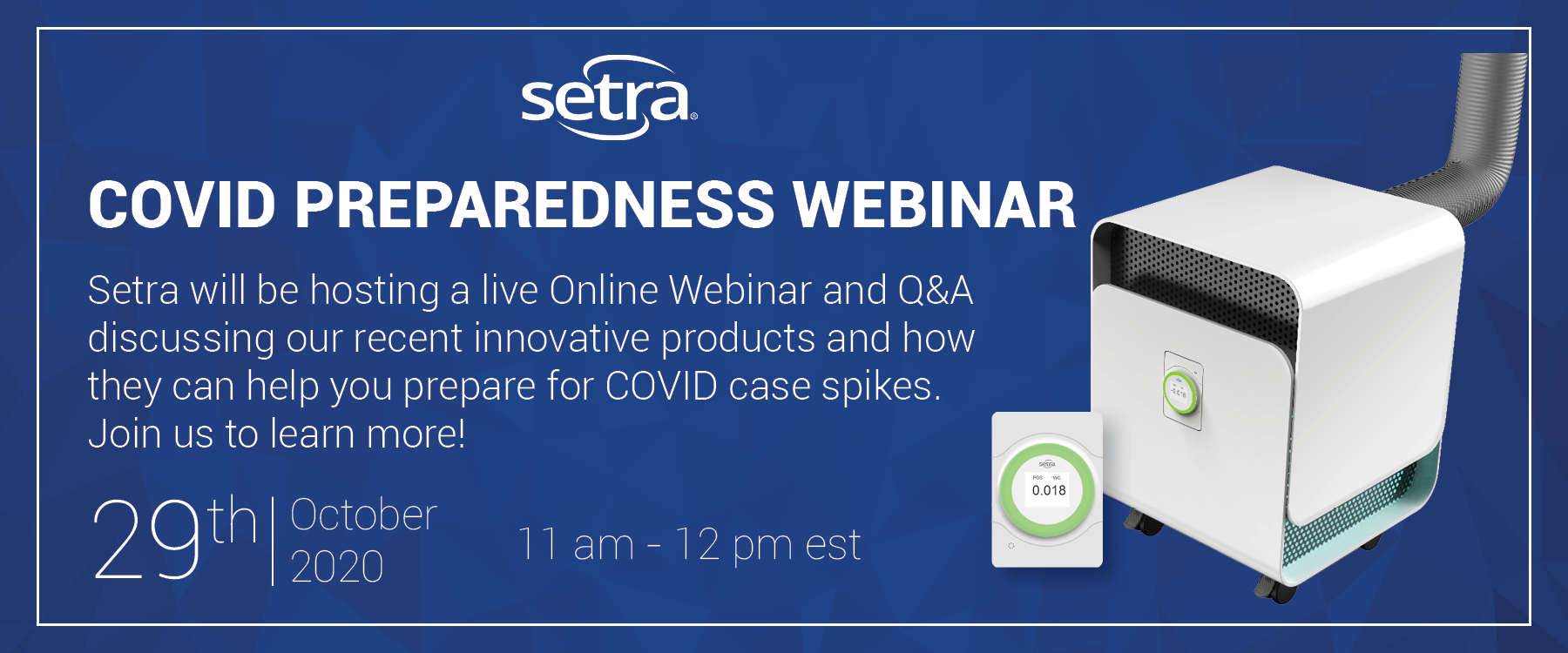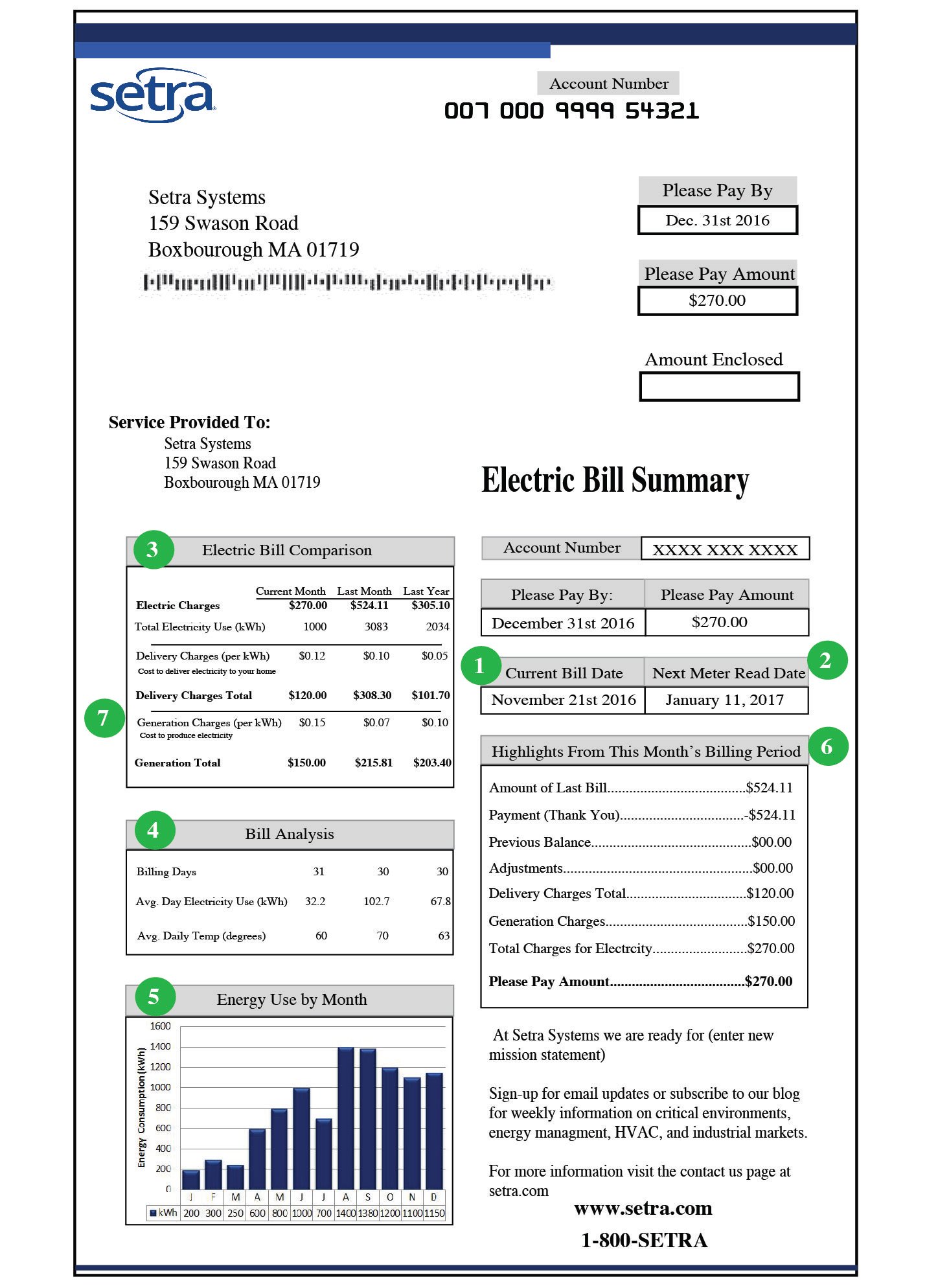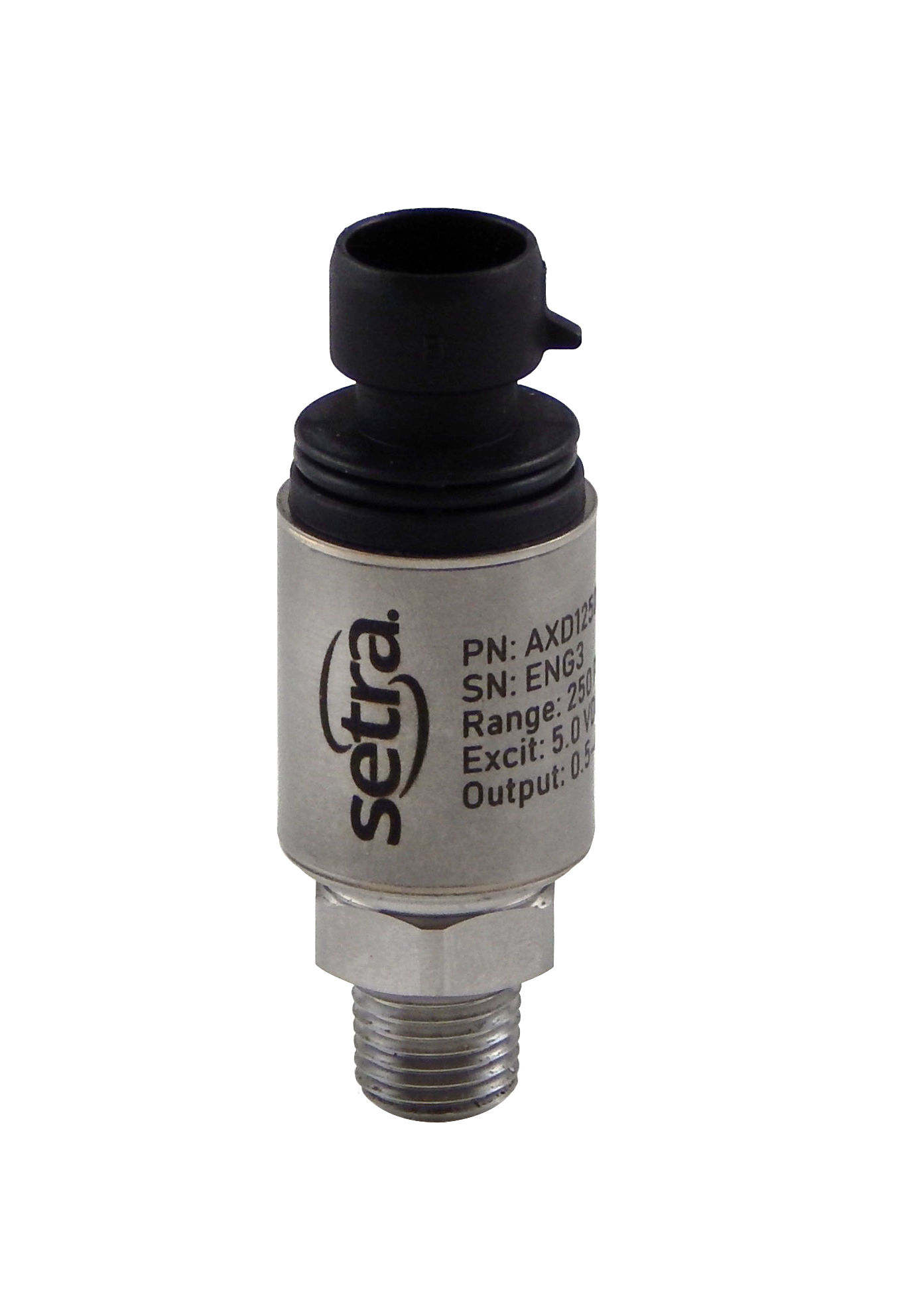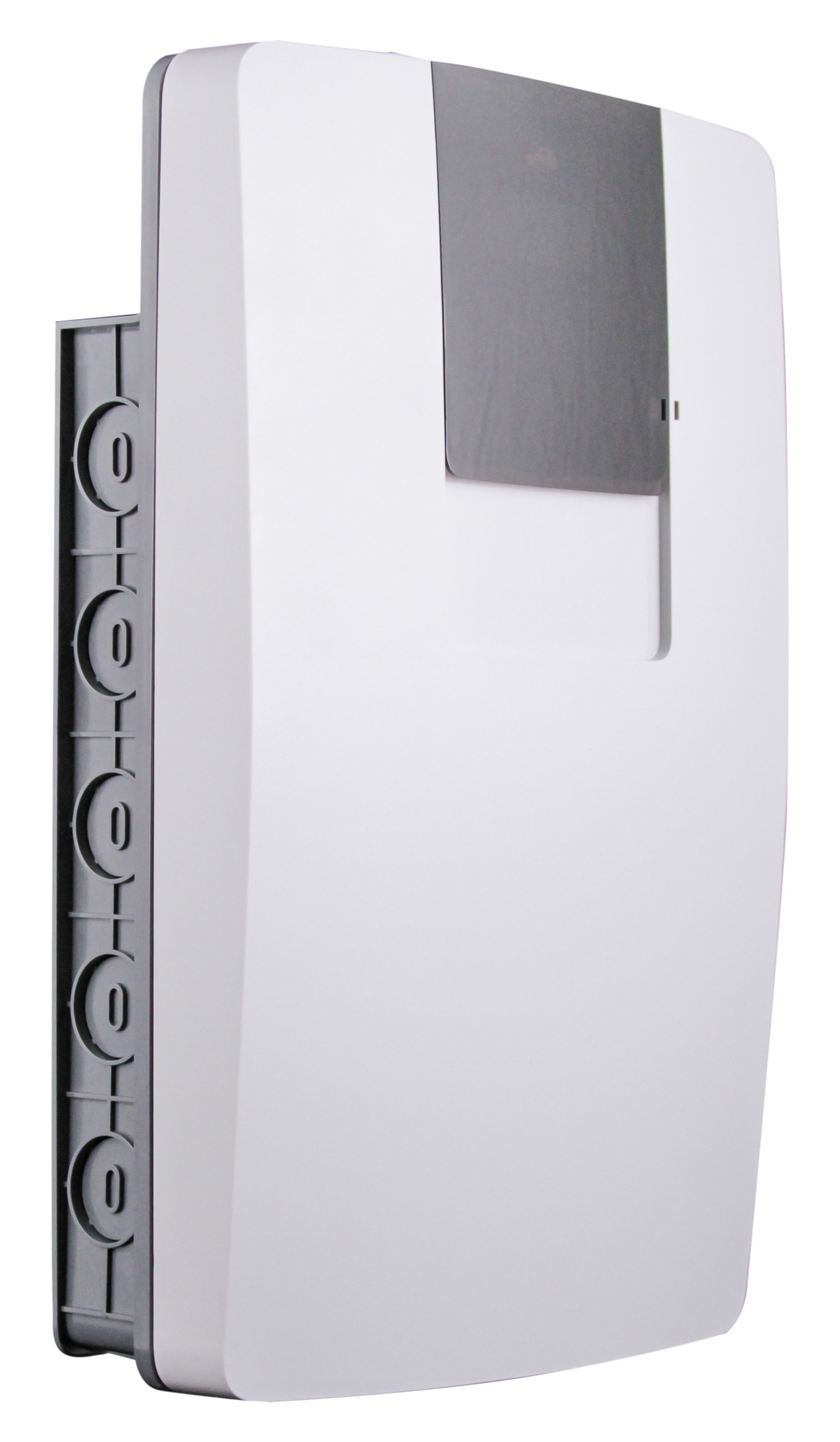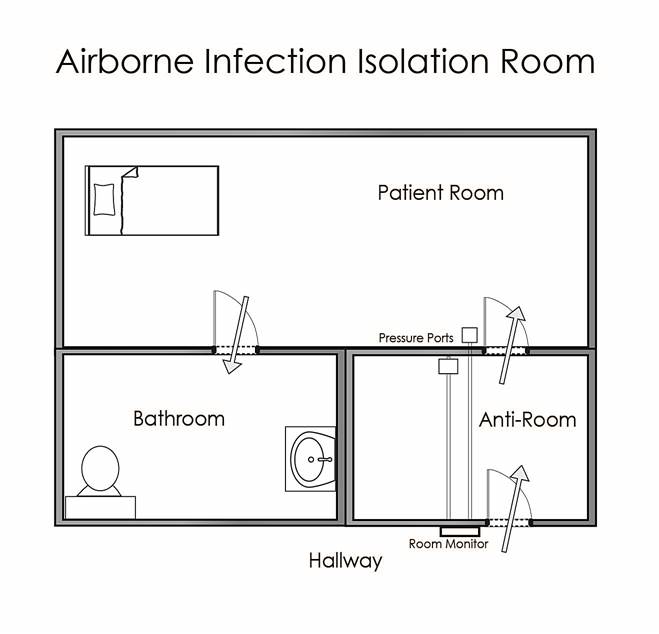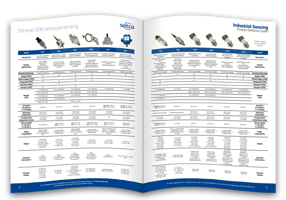Last week, Setra hosted a webinar focused on COVID preparedness and our latest product, the AIIR Watch. For more information on how best to prepare for potential spikes in COVID-19 and learn more about how the AIIR Watch can help create isolation spaces, watch this recording of the webinar.
Setra Blog
Join Setra for an upcoming webinar on October 29 at 11am EST discussing how to prepare in the event of COVID-19 spikes. Featured products will include Setra Lite and the new Setra AIIR Watch.
Reopening schools is always a challenge, made even more difficult this year by the pandemic. Now schools must also consider how to create a safe environment for both students and staff to use. SEEM Middle School was looking to do just that. SEEM is a collaborative school, meaning their students come from several communities because they were not making enough progress in either their previous placement or home district. With such a variety of students, SEEM is considered high needs and thus is staying open as their students benefit from in-person classes.
The dental industry is currently one of the most at-risk industries during the COVID-19 pandemic. Since dental procedures create significant aerosolized particles, the risk for contracting COVID-19 or other airborne diseases is high, and thus many dentists are looking for ways to make their offices safer for patients and staff. DCAA Dental was searching for a simple, accurate, economical, and highly visible method to visualize whether or not a room was safely negatively pressurized.
To effectively manage energy consumption and develop plans for cost savings, it is crucial to understand your electric bill. Once you understand your electric bill, you can leverage that information to make changes to electrical consumption and ultimately save money.
Monitoring air quality is crucial for maintaining the safety of the population during wildfires. Although a proper air quality measurement requires several calculations, monitoring one of the parameters contributing to air quality can be a useful indicator. One such parameter is PM2.5.
Power meters are used in a wide variety of applications to measure electricity use on a more granular level than the main utility meter. Power meters, or submeters as they can sometimes be referred to as, can tell you where, how, and how much electricity is being used in the building.
I2C stands for an integer-integrated circuit. This is a commonly used communication protocol that is flexible enough to be used for a wide variety of applications. Specifically, I2C is a serial communication method with bi-directional two-wire communication. Any sensors and secondary devices only communicate when asked to by the primary.
Revenue grade power meters are defined in the American National Standards Institute (ANSI) standard C12.20-2010 Class 0.2. The intention of such a standard is to establish the requirements for power meters so the meters in question accurately and reliably provide monitoring. This ANSI standard has 3 accuracy classes: 0.1, 0.2, and 0.5. These classes correspond to accuracy at full load and include CTs.
In the wake of the coronavirus, it is imperative for hospitals to be prepared for future outbreaks of infectious diseases. For these situations, the safest method for treating patients is isolation rooms. The safety and effectiveness of such rooms is contingent upon proper control of the room's differential pressure.
Subscribe to Our Blog!
Topics
- Critical Environments (182)
- HVAC/R (179)
- General Industrial (153)
- Building Automation (134)
- General Industrial OEM (92)
- Energy Management (85)
- Test and Measurement (66)
- HVAC/R OEM (58)
- Barometric (44)
- Alternative Fuels (42)
- Medical (40)
- Process/Mfg Tank Level (40)
- Water and Wastewater (39)
- OHV (38)
- Oil and Gas (35)
- Industrial Vacuum (29)
- Calibration (25)
- Semiconductor (25)
- Particle Counting (20)
- Cleanroom Monitoring (17)
- Room Pressure Monitoring (16)
- Trade Show (12)
- cleanroom environment (12)
- Scales (11)
- Environmental Monitoring (10)
- Power Monitoring (10)
- Healthcare (9)
- Power Meters (9)
- Software (9)
- cleanroom monitoring systems (9)
- Case Study (8)
- critical environment technologies (8)
- data centers (8)
- Humidity (7)
- particle counter (6)
- pressure transducers (6)
- LITE room pressure monitor (5)
- hardware and software cleanroom monitoring systems (5)
- setra lite (5)
- Compliance (3)
- Video (3)
- hospital spaces (3)
- FAQ & Troubleshooting (2)
- Monitoring Compounding Pharmacies (2)
- Semiconductor Manufacturing (2)
- agencies that monitor pharmacies (2)
- energy (2)
- hvac (2)
- laboratories (2)
- monitor compound pharmacy (2)
- protected environment (2)
- regulatory compliance (2)
- setra lite features (2)
- usp 797 (2)
- Current Sensors and Transducers (1)
- Current Transformers (1)
- Lithium-Ion Battery (1)
- Pressure (1)
- aerospace cleanrooms (1)
- cems (1)
- digital transformation (1)
- ipv6 multicast (1)
- ipv6 multicast address (1)
- ipv6 multicast address range (1)
- isolation room pressure monitoring (1)
- multicast address ipv6 (1)
- multicast ipv6 (1)
- operating room (1)
- pharma 4.0 (1)
- pressure sensor (1)
- pressure transducer companies (1)
- semi conductor (1)
- sensors and transducers (1)
- setra pressure transducers (1)
- submetering (1)
- sustainability (1)
- temperature monitor (1)
- temperature monitoring for pharmacies (1)
- transducers (1)
- usp 800 (1)
- water (1)
- what does hvac stand for (1)
- what is a transducer (1)
- what is hvac (1)

